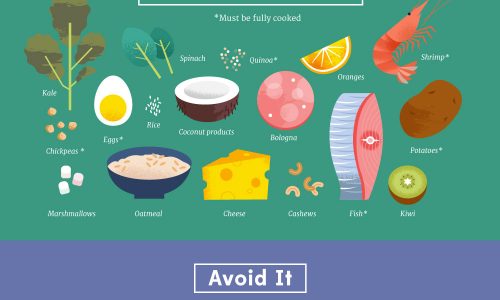
Humans spend, on average, one-third of our lives sleeping. So what exactly are our minds and bodies doing during that time? How much sleep do we need to be healthy?
Most adults only need seven to eight hours of sleep, but teenagers should get around nine hours nightly. In comparison, infants need an average of 16 hours each day. Although you may think your body will adapt to less sleep, science shows that your body will still show effects of sleep deprivation.
The more sleep you lose, the more sleep you’ll need in the following days. You become indebted as you lose sleep, and the worse your sleep “debt” is, the worse your symptoms will be. In fact, sleep-deprived individuals are at higher risk of obesity, heart disease, stroke and diabetes. According to research conducted by the University of Chicago, individuals who slept less than 4 hours each night had higher blood pressure and stress levels. They also showed symptoms of insulin resistance and developed fewer antibodies to protect themselves from the flu. All of these signs disappeared when the students got more sleep.
All sleep isn’t equal, either. There are two kinds of sleep: Non-REM and REM (rapid eye movement). Dreaming is common during REM sleep. During this time, the mind shows scattered brain waves, limbs become paralyzed, breathing shallows and eyes move. Non-REM sleep happens in 5 stages. During the first stage, your body is in a light sleep, and a falling sensation is common. As brain waves slow and the body relaxes, you enter stage two of non-REM sleep. Finally, the body enters a deep sleep. Between each stage of non-REM, REM sleep is happening. Maintaining a regular sleep schedule is essential to healthy living. For more tips on getting more Zs, see this infographic post with tips on how to manage sleepless nights.



